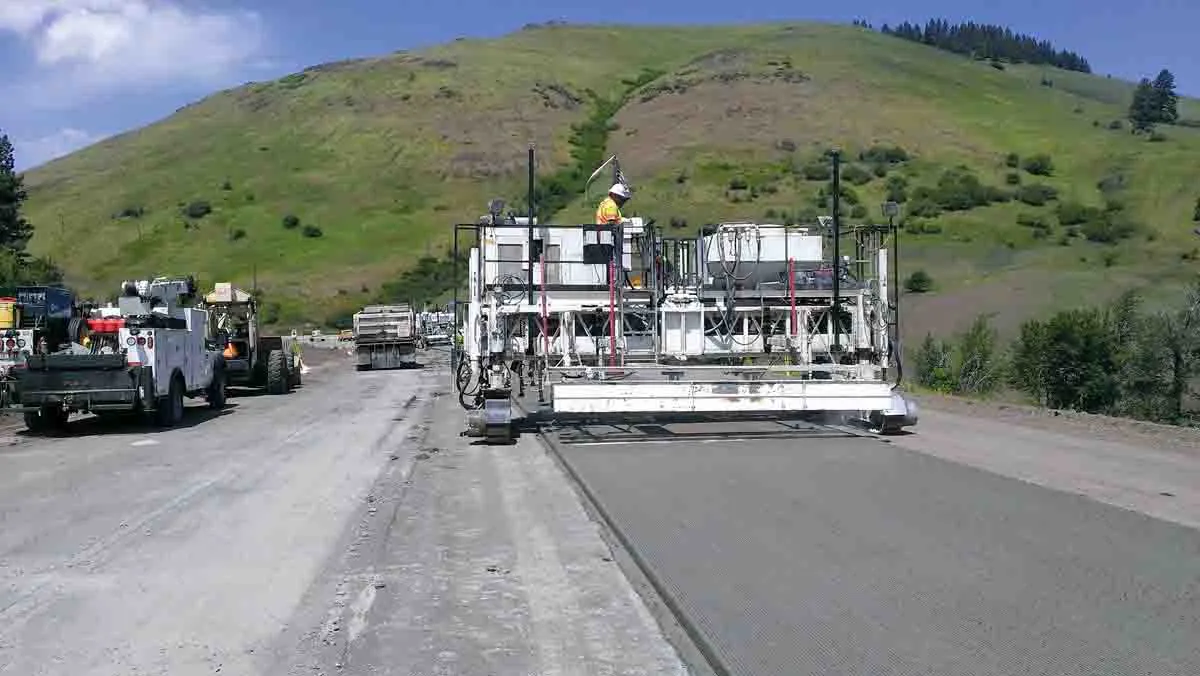Spanning Manahawkin Bay, and carrying traffic along Route 72 between Long Beach Island and Manahawkin, New Jersey, USA, the Dorland J. Henderson Memorial Bridge, known as the Manahawkin Bay Bridge, was in need of repair. New Jersey Department of Transportation (NJDOT) specified Transpo T-17 MMA polymer concrete patch and T-18 MMA polymer concrete slurry overlay as approved materials for the 12,000m² bridge rehabilitation project on the steel girder bridge. All the bridge deck spalls were prepared and patche
April 4, 2012
Read time: 3 mins

Spanning Manahawkin Bay, and carrying traffic along Route 72 between Long Beach Island and Manahawkin, New Jersey, USA, the Dorland J. Henderson Memorial Bridge, known as the Manahawkin Bay Bridge, was in need of repair.
All the bridge deck spalls were prepared and patched before the entire surface received a thin T-18 MMA overlay. After the removal of the deteriorated existing concrete, T-41 MMA primer was applied to seal the concrete surface and increase the bond strength of the T-17 MMA polymer concrete patches to the existing concrete surface.
When the patching was completed the last operation was the installation of a thin 9.5mm T-18 MMA polymer concrete slurry overlay, and a high-wear and skid-resistant aggregate was broadcast onto the overlay surface. When cured the entire surface was coated with T-18 MMA topcoat to help lock the aggregate into the overlay.
The assessment means that the product is now approved for use on all major asphalt major roads, motorways and bridges in the UK.
While the approval is for recessed crack repair, Ennis Prismo manufactures a range of Fibrescreed products that can be used for practically all types of crack repair, including kerb sealing, infill, saw cut and seal/crack inducer and SAMI (stress absorbing membrane interlayer).
Fibrescreed RC100MTR is said to reduce costs by extending the life of existing highways without the need for resurfacing, and because it is fast and easy to apply, keeps costly traffic disruption to a minimum.
Meanwhile,
Stirling Lloyd says that the provision of safer and reliable traffic flows has become a matter of major concern for both the highway authorities and the road users.
“The need for reliable, long-term, safety enhancing road repairs with fast, first-time permanent reinstatement is becoming the driving force in highways maintenance,” says the company.







